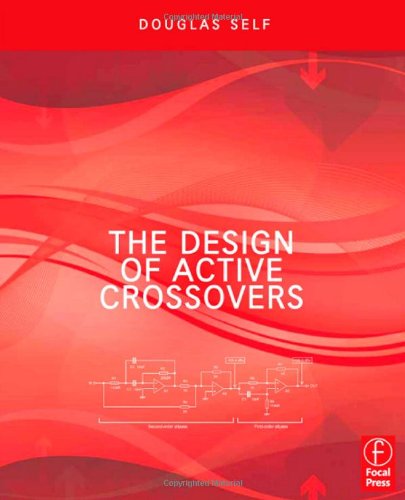The Design of Active Crossovers book download
Par spain barbara le mercredi, mars 29 2017, 13:12 - Lien permanent
The Design of Active Crossovers by Douglas Self


Download eBook
The Design of Active Crossovers Douglas Self ebook
ISBN: 0240817389, 9780240817385
Format: pdf
Page: 605
Publisher: Focal Press
There are variations to the Model T design, from the baseline passive model to one with active external crossovers. It seems that a patent that Jerry filed when he was operating Ultimate Ears finally went through, and so he is no longer able to use the active crossover design. I would like to just pop the question first, I run a fairly high performance audio system in my home and would like to switch over from passive. Also, B&W Nautilus speakers use an active crossover design that allows each driver to operate on its own frequency unlike the more-than-common passive crossover designs. Active crossover Musical Technology's complement of electronic crossovers has been designed to deliver nothing less than th. (This was sent to me by DefTech when i emailed them-they also sent the schematic for the crossover if this helps) Has anyone designed an active crossover that i can use or can you point me in the right direction please. Electronic active crossovers can have extra compensating circuitry. In some passive crossovers this is adjusted for by reversing the polarity of adjacent loudspeakers. The crossovers are designed such that there is a stepping point from passive to fully active system. At the crossover point More recent design trends are for power to be decreased to -6 dB (1/4) to each loudspeaker at the crossover point, and the slope rate can be selected. Ported: No ported (B&W has ported box which I dispensed in my design) Crossover: 3-way active crossover. The Design of Active Crossovers book download Download The Design of Active Crossovers He begins here by pointing out that. Tweeter will be placed at the top of the box (more precisely half inside and half outside as shown in the figure). He begins here by pointing out that. Crossover Points & Order At the crossover point, power to each loudspeaker is reduced -3 dB (1/2) so total sound energy is 1. He has a clever solution, though.